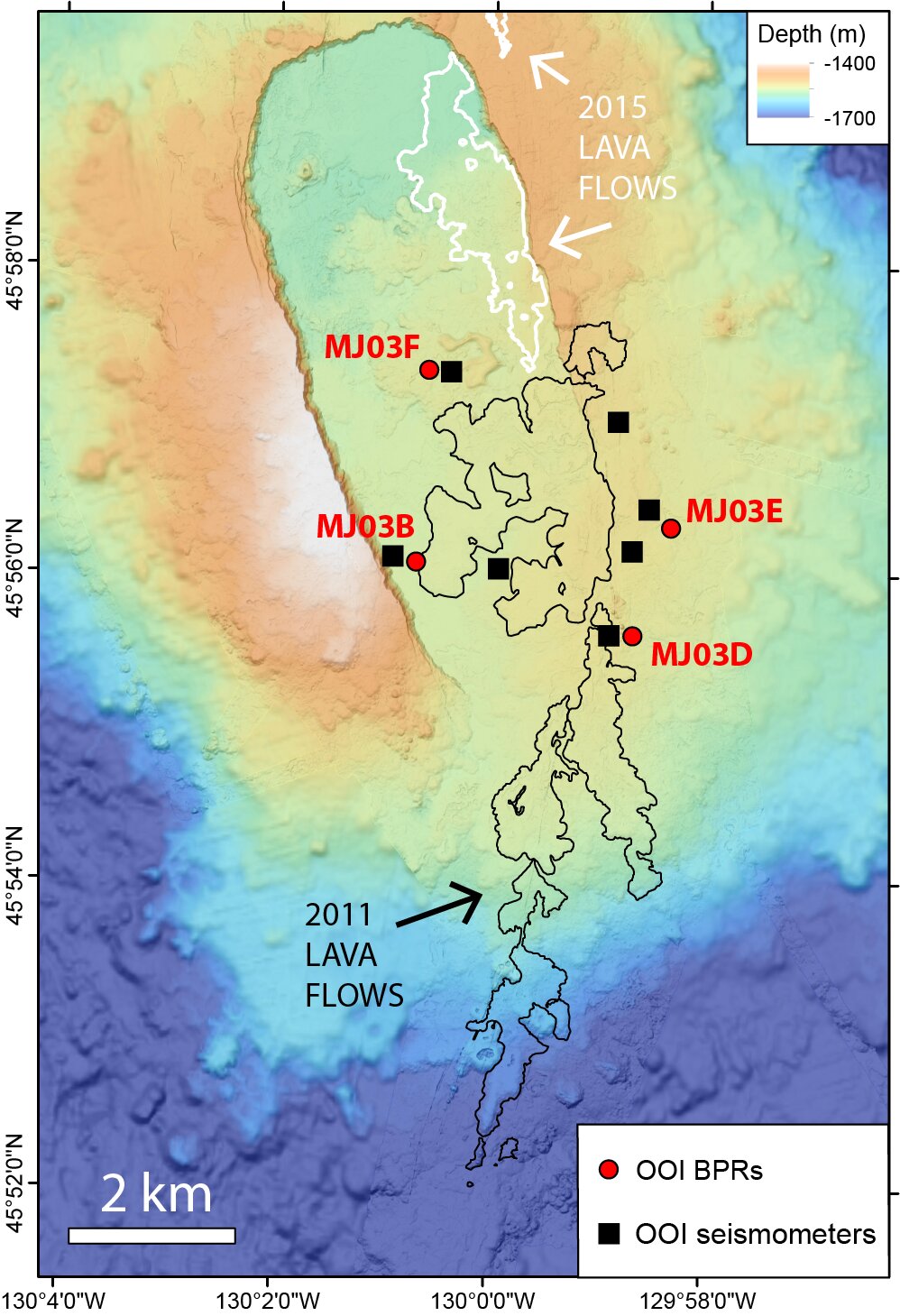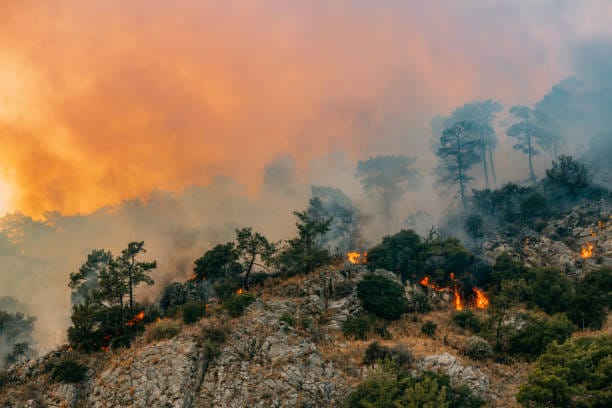Volcanoes are among Earth’s most awe-inspiring forces—capable of building continents, reshaping oceans, and altering the climate with a single eruption. Yet despite their global impact, they remain one of the hardest natural hazards to predict. Scientists can often detect signs of unrest, but creating a universally reliable, real-time forecasting system remains out of reach.
Most volcano forecasts today rely on analyzing eruptions after they happen. This retrospective approach has taught researchers an enormous amount, but it comes with built-in flaws. When looking backward, it’s easy to interpret data through the lens of hindsight or adjust models in ways that unintentionally create bias. These subtle biases—data snooping, reinterpretation, and quiet post-eruption adjustments—can distort what scientists believe they “saw coming,” making it harder to build truly predictive tools.
To break free from these limitations, a group of researchers associated with the Geohazards Crisis Observatory has begun a bold, unprecedented experiment. Their goal: create a physics-based, bias-proof eruption forecasting framework. And they’re testing it on one of the most closely watched volcanoes in the world—Axial Seamount.
Their early findings are now available on the arXiv preprint server, marking the beginning of an experiment that could reshape how volcanologists understand and communicate volcanic risk.
Designing a Forecast Free of Bias
The heart of this project lies in transparency. The researchers are not merely predicting eruptions—they are designing a scientific process that prevents them from rewriting history after the eruption happens.
The experiment tests two major hypotheses. First, that volcanoes signal their “approach to catastrophic failure” through recognizable physical patterns. And second, that the timing of eruptions can be estimated, at least probabilistically, using these patterns.
But to test these ideas honestly, the team must eliminate bias wherever it can creep in. Their method is as innovative as it is meticulous.
Every month, they create a new eruption forecast for Axial Seamount:
• When might the eruption occur?
• What physical signals support the prediction?
• How do changes in the volcano’s behavior affect the model?
Before releasing these forecasts publicly, they cryptographically hash and archive them—essentially “locking in” each prediction. Once hashed, the documents cannot be altered without leaving a digital fingerprint.
Only after the next eruption happens will they publish the complete archive. Anyone will be able to verify the integrity of each forecast by comparing the public document to its original hash.
It is scientific accountability made visible. No selective reporting, no memory-based reinterpretation. Every prediction—right or wrong—becomes part of the record.
“This framework ensures that selective reporting or modification of forecasts is not possible,” the researchers explain. “Each version is permanently timestamped and publicly archived.”
After the eruption, the team will evaluate every forecast, compare model performance, and refine the physics-based approach—moving step by step toward a more robust forecasting system.
Why Axial Seamount Is the Perfect Laboratory
Axial Seamount is no ordinary volcano. Located off the coast of Oregon, deep beneath the Pacific Ocean, it is one of the most heavily monitored volcanoes on Earth.
It erupted in 1998. Again in 2011. And again in 2015. Each event reshaped the seafloor and left behind a wealth of monitoring data.
An eruption was previously expected as early as 2025. But based on the most current measurements—including a noticeable slowing of seafloor uplift—the research team now suggests that the next eruption is more likely in mid-to-late 2026. Despite the slowdown, the current uplift is already higher than what was measured before the 2015 eruption, signaling that pressure is building—just at a more gradual pace.
Axial is monitored by a sophisticated network of seafloor instruments, including cabled bottom pressure recorders that detect subtle inflation patterns and seismometers that listen for earthquakes below the surface. These instruments feed researchers a continuous stream of precise, high-confidence data.
“This unique geophysical dataset provides an unprecedented opportunity to investigate pre-eruptive unrest processes,” the team writes.
In fact, the 2015 eruption was predicted about seven months in advance—but that prediction was based on empirical pattern recognition, not physics. When scientists attempted to repeat the method in later years, its reliability faltered. Inflation rates varied unpredictably, making it clear that a deeper, physics-grounded model was needed.
Building Trust Through Transparency
One of the most compelling motivations behind this experiment isn’t only scientific—it’s human.
Volcano forecasting has long struggled with public perception. People want certainty, but nature rarely offers it. When scientists revise their models or adjust timelines, the public can mistake this natural process of refinement for inconsistency, doubt, or error.
By openly archiving every prediction, the researchers hope to show the world exactly how scientific forecasting works.
Each prediction becomes part of a transparent timeline:
• a hypothesis formed,
• tested against reality,
• revised based on new evidence.
This clarity may help the public understand that changing forecasts are not failures—they’re signs of a scientific system actively learning. Over time, improved physics-based forecasting tools could support coastal communities, marine industries, and hazard management teams that depend on accurate volcanic risk assessments.
Following the Journey in Real Time
The progress of this experiment is being documented publicly by study authors Bill Chadwick of Oregon State University and Scott Nooner of the University of North Carolina at Wilmington. Through their blog, they share insights, updates, and candid reflections on how the experiment evolves month by month.
Their work embodies the essence of modern science: not a static set of answers, but a dynamic, collaborative journey toward understanding phenomena that shape our planet and our future.
More information: Qinghua Lei et al, Axial Seamount Eruption Forecasting Experiment, arXiv (2025). DOI: 10.48550/arxiv.2511.06128






